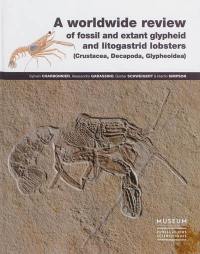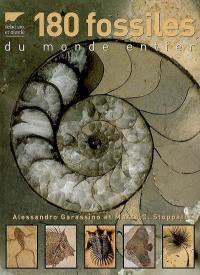
Fiche technique
Format : Relié
Nb de pages : 292 pages
Poids : 1200 g
Dimensions : 22cm X 28cm
ISBN : 978-2-85653-974-3
EAN : 9782856539743
Fossil decapod crustacea in the historical collections
Quatrième de couverture
The present volume is dedicated to extinct crustaceans housed in the oldest palaeontological collections of the Muséum national d'Histoire naturelle (MNHN) in Paris (France). These specimens were all collected between 1750 and 1880, a period stretching from the end of the Enlightenment to the Third French Republic, which also saw the transition from the King's Cabinet to the new National Museum of Natural History, founded in 1793. They paved the way to a new discipline, palaeocarcinology, at the very beginning of the nineteenth century. The main purpose of the present monograph is to provide a global review of all the type specimens described by three pioneers in the field, namely Anselme-Gaëtan Desmarest, Henri Milne Edwards and Alphonse Milne-Edwards. An overall review of 94 species described by these scientists and their respective contemporaries is presented, encompassing 776 historical and type specimens from the cabinets of natural history and the King's, Cabinet to the national collections. The old literature is updated and the taxonomic treatment iricludes detailed descriptions of each spedies. The 94 revised species are assigned to the suborder Dendrobranchiata Rafinesque, 1815 (1 species), the infraorders Astacidea Latreille, 1802 (5 species), Glypheidea Winkler, 1881 (9 species, including a new one), Achelata Scholtz & Richter, 1995 (3 species), Anomura MacLeay, 1838 (7 species) and Brachyura Linnaeus, 1758 (69 species). All species are comprehensively illustrated in 742 figures to allow comparisons between the old illustrations and the present ones. Numerous type specimens are depicted for the very first time, and artistic reconstructions of eight species are proposed.
The Mémoires du Muséum publish the first global review of fossil crustaceans housed in Paris since the 1750s. Most of the historical specimens illustrated here were at the origin of the birth of a new discipline named Palaeocarcinology.












